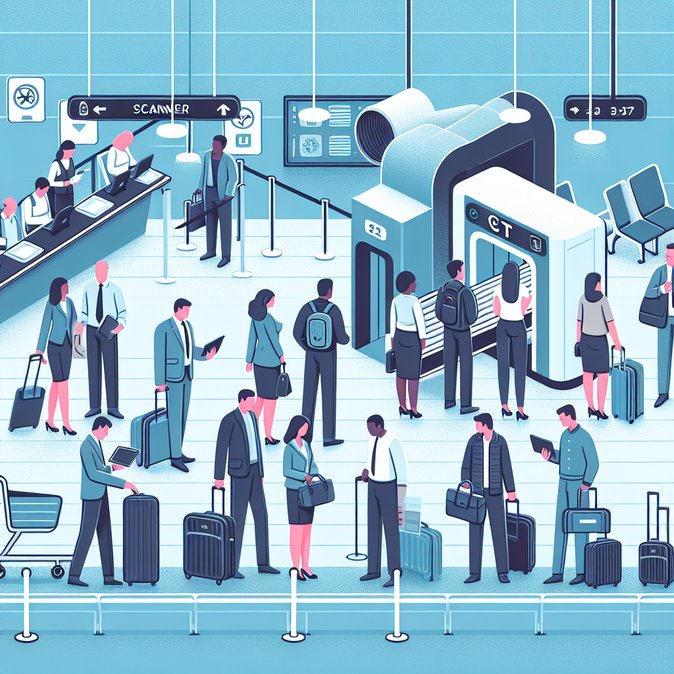
Business travellers flying through Dublin Airport this morning were met with a very different security experience. The daa confirmed that its new C3 computed-tomography (CT) scanners are now operational in both terminals, allowing passengers to carry liquids and gels in containers of up to two litres and to leave laptops and other electronics inside their hand-luggage. The change removes one of the last major passenger “pain points” that had survived since the post-2006 security clamp-down, and brings Dublin into line with early-adopter hubs such as Shannon and London City.
For corporate mobility managers the upgrade means leaner connection times and fewer missed flights for tight-schedule executives who previously lost minutes repacking at secondary screening. daa says average queue times in Terminal 1 fell below eight minutes during live trials this week, a 35 % improvement on the same period last year.
![Dublin Airport scraps 100 ml rule as C3 scanners go live, letting travellers keep up to 2 L of liquids in cabin bags]()
Behind the scenes, the €85 million roll-out required re-training 600 security officers and re-zoning air-side retail to accommodate larger liquid purchases. Tech provider Smiths Detection says the scanners create a three-dimensional image similar to a hospital CT scan, allowing officers to rotate and “slice” the bag image to isolate threats without manual searches.
Travellers should note that the relaxed rules apply only on departure from Dublin; destination airports may still enforce the 100 ml limit, so sealed duty-free bags remain advisable for onward EU connections. daa has launched an awareness campaign on its app and social channels urging passengers to “know before you go.”
Looking ahead, Cork Airport will not finish its own scanner installation until late 2026, meaning connecting passengers may still face the old regime on the domestic leg. Nonetheless, today’s switch-over marks a watershed for Ireland’s busiest gateway and signals the beginning of the end for the 100 ml rule across the Republic.
For corporate mobility managers the upgrade means leaner connection times and fewer missed flights for tight-schedule executives who previously lost minutes repacking at secondary screening. daa says average queue times in Terminal 1 fell below eight minutes during live trials this week, a 35 % improvement on the same period last year.

Behind the scenes, the €85 million roll-out required re-training 600 security officers and re-zoning air-side retail to accommodate larger liquid purchases. Tech provider Smiths Detection says the scanners create a three-dimensional image similar to a hospital CT scan, allowing officers to rotate and “slice” the bag image to isolate threats without manual searches.
Travellers should note that the relaxed rules apply only on departure from Dublin; destination airports may still enforce the 100 ml limit, so sealed duty-free bags remain advisable for onward EU connections. daa has launched an awareness campaign on its app and social channels urging passengers to “know before you go.”
Looking ahead, Cork Airport will not finish its own scanner installation until late 2026, meaning connecting passengers may still face the old regime on the domestic leg. Nonetheless, today’s switch-over marks a watershed for Ireland’s busiest gateway and signals the beginning of the end for the 100 ml rule across the Republic.





